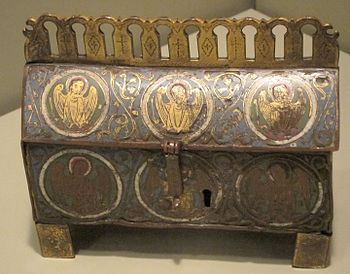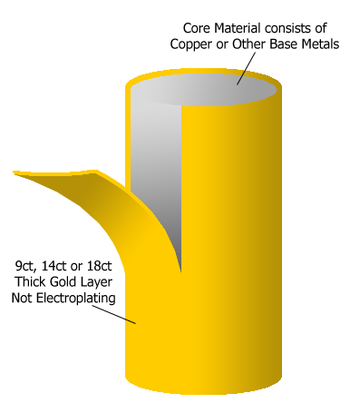Rulers? That doesn’t seem like a very important topic! Well, I have discovered in the last couple of years that all rulers are definitely not created equal. Now in my heart of hearts I knew that there were differences between rulers. Engineers and machinists use more expensive, and more accurate rulers. But one day, when I was in a hurry, I just grabbed a random plastic ruler to measure the link for a chain, and it came back to bite me later. Whether you are drawing out quilt blocks, measuring a pattern for embroidery, or checking the size of a link in a chain, you need accuracy, and consistency.
Most tape measures that we use for sewing are fairly consistent within the tape, but if you have doubts about yours, check it by doubling it back and seeing how well your measurements line up. As you can see in this picture, my tape measurements line up nicely. I always try to buy good tapes for sewing. I got in trouble once by switching between two tapes during a project, and winding up with almost a half inch difference. All of my current tape measures are made in Germany, and even though they are not the same brand, they are consistent. But I still stick with the same tape, just in case.
My metal ruler agrees with my white engineers’ ruler, but my little yellow plastic ruler is off by slightly more than 1/16th of an inch over a distance of only four inches.
I was trying to find the plastic ruler that got me in trouble, but I am sure that I threw it away. But I did find one of the kids’ old wooden rulers. This ruler brings up two very important issues. First, some rulers have extra space on the ends, to avoid the problem of wear and tear literally changing the length of the ruler. This is just something to be aware of. But this ruler has another problem. While the inch marks are nice and accurate, the number of divisions within the inch are wrong. Not just off a little, totally wrong. Yes, this is a test…
And just because the inches are good, doesn’t mean the centimeters are. I discovered that my lovely metal ruler, with the very reliable inches, has cut off the beginning of the centimeters, and is off by 1/2 mm. Now that may not be an issue for most people, but if I am cutting a piece of metal, or measuring a link, then my ruler needs to be precise. I simply slide in off the edge of the ruler and use the center to do my measuring.
Now you may ask, how did I get in trouble with an inaccurate ruler? As a production jeweler, I keep notes about production details. The amount of metal needed for a project, or the size of the rings needed for a particular type of chain. Well, I had notes about a particular chain pattern. And they were wrong. Because the ruler was inaccurate. So, when I went to replicate the pattern. I cut the links the size that the notes said, and they didn’t work, because they are too small. So be aware, all rulers are not created equal.





